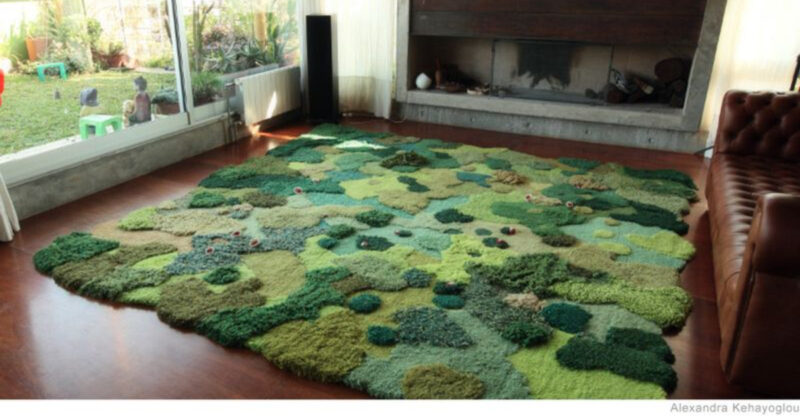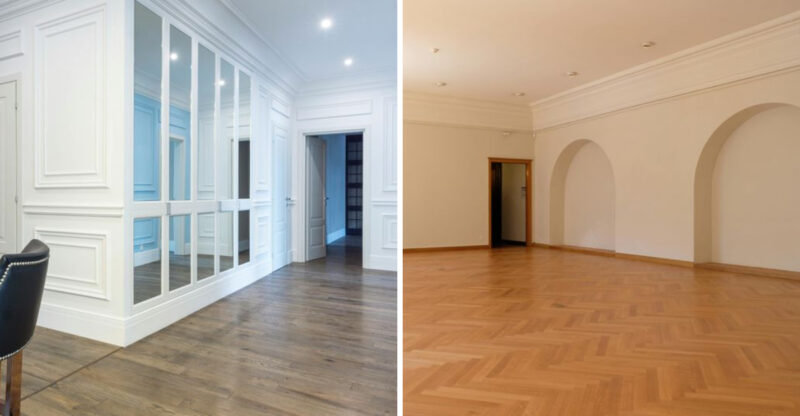Florida Rug Choices That Handle Heat And Humidity
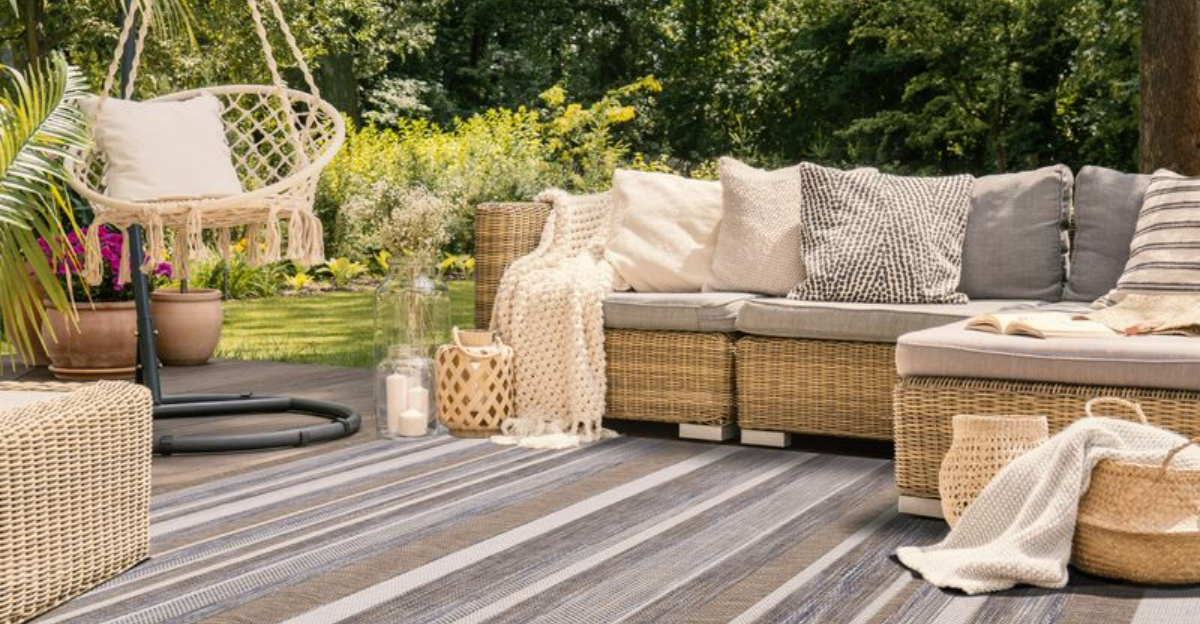
Living in Florida means dealing with sticky humidity and scorching heat almost year-round, which can wreak havoc on home furnishings – especially rugs. The wrong rug choice can quickly become a breeding ground for mold, mildew, and musty odors that no amount of cleaning seems to fix.
I’ve learned through trial and error which rug materials actually stand up to our tropical climate while still looking great in our homes.
1. Natural Sisal With Synthetic Backing
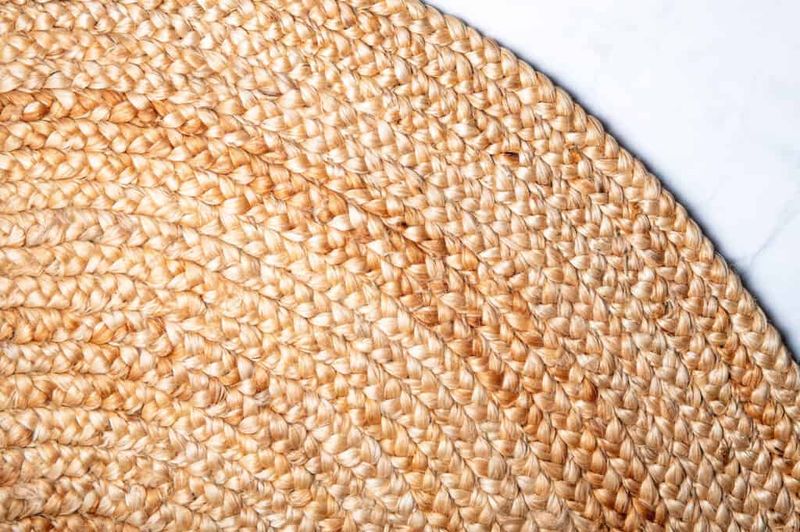
Sisal brings natural texture to your space while standing strong against Florida’s climate challenges. The rough fibers don’t trap moisture, allowing air to circulate freely through the weave.
My living room sisal has weathered three years of salty air from nearby beaches without a hint of mold. Look for versions with synthetic backing rather than jute or cotton – this prevents the underside from becoming a moisture trap.
Regular vacuuming keeps these rugs looking fresh even when the humidity gauge hits 90%.
2. Washable Cotton Rugs
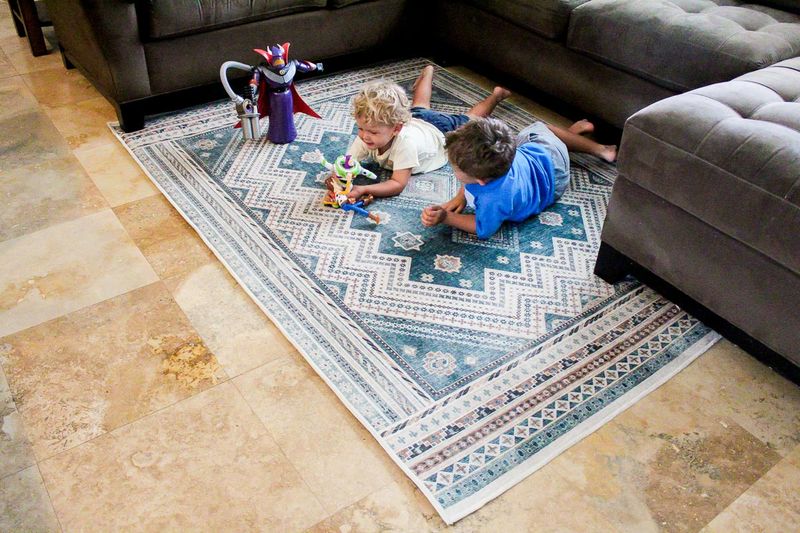
Washable cotton rugs offer the perfect solution for Florida’s sweatiest months. Unlike traditional cotton rugs that can harbor dampness, these modern versions are designed to go straight into your washing machine.
During our rainy season, I toss mine in the wash every few weeks to prevent that musty smell from developing. The lightweight nature means they dry quickly – essential in our humid climate where nothing seems to dry completely.
Brands like Ruggable and Lorena Canals have revolutionized how Floridians decorate with soft textiles.
3. Recycled Plastic Bottle Rugs
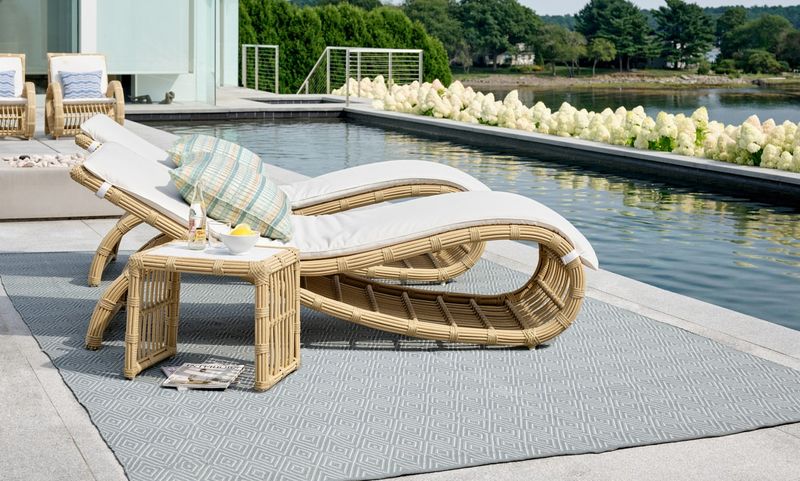
Eco-friendly and practically indestructible, rugs made from recycled plastic bottles have become my go-to recommendation for Florida homes. Water beads right off their surface, making them perfect for entryways where wet flip-flops traipse in beach sand and rainwater.
The tight weave prevents mildew from forming even in the steamiest conditions. My sunroom has had the same recycled bottle rug for five years with zero odor issues despite constant exposure to humidity.
They come in vibrant colors that resist fading from our intense sunshine.
4. Synthetic Indoor-Outdoor Rugs
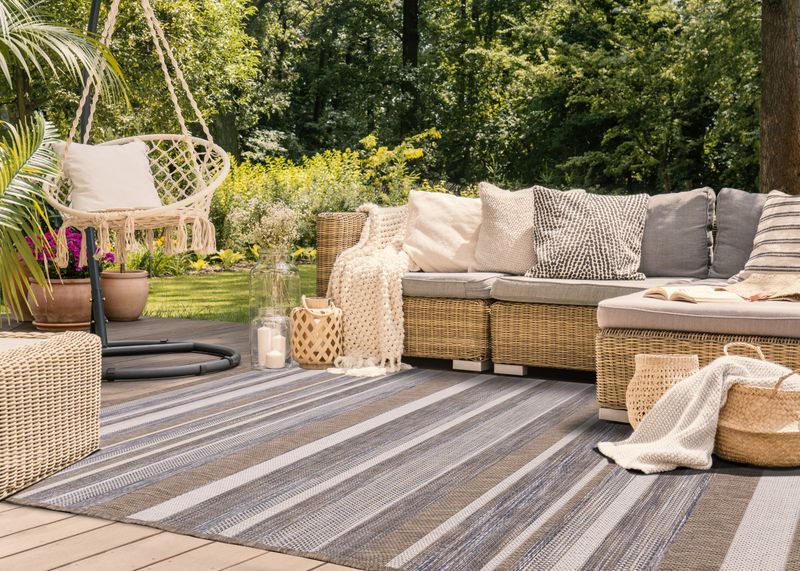
You’ll love how these rugs laugh in the face of Florida’s notorious humidity. Made from polypropylene or polyester, they resist mildew and won’t absorb moisture like natural fibers do.
I’ve had my patio rug for three summers now, and it still looks brand new despite afternoon thunderstorms and morning dew. Simply hose them off when they get dirty, and they dry quickly in our sunshine.
Many newer versions feel surprisingly soft underfoot – nothing like the scratchy outdoor rugs of the past.
5. Low-Pile Wool With Proper Treatment

Contrary to popular belief, certain wool rugs can work beautifully in Florida when chosen correctly. The key is selecting low-pile options with antimicrobial treatments specifically designed for humid environments.
Wool naturally resists mildew better than many fibers, and its ability to release moisture rather than trap it makes it surprisingly suitable. My bedroom wool rug has remained pristine for years because I chose one with proper treatment and keep the air conditioning consistent.
The natural temperature-regulating properties feel amazing underfoot during our brief “cold” spells.


